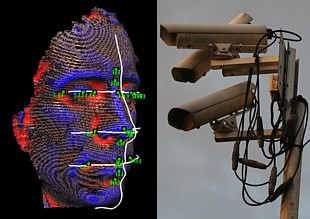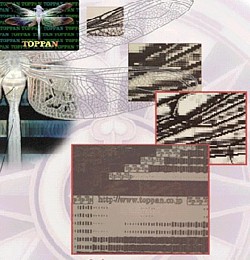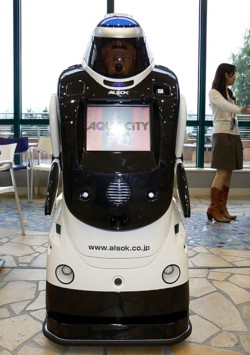 On July 19, electronics giant NEC announced it has developed the world's first automated border control system that uses facial recognition technology capable of identifying people inside their automobiles. The system is already in operation at checkpoints on the Hong Kong - Shenzhen border.
On July 19, electronics giant NEC announced it has developed the world's first automated border control system that uses facial recognition technology capable of identifying people inside their automobiles. The system is already in operation at checkpoints on the Hong Kong - Shenzhen border.
Built around NEC's NeoFace biometric face recognition system, as well as NEC's electronic passport technology, the system is designed to boost the speed and efficiency of Hong Kong Immigration Department operations by allowing residents with microchipped national ID cards to remain in their vehicles while automated cameras verify their identities. Hong Kong residents aged 11 or over are required by law to carry a national ID card (HKID), and the recently issued "smart" IDs are embedded with chips that contain biometric and personal data.
The system works by first reading a vehicle?s license plate as it approaches a border gate. Because each vehicle in Hong Kong is registered to an individual driver, a simple automated database check determines who the driver should be. Next, the cameras scan the face of the driver and a database search is performed. If there is a match, the immigration process is completed and the gate opens, allowing the vehicle to pass through.
For now, NEC's setup only works with truck drivers, but coming improvements promise the ability to identify up to 8 passengers per vehicle. The cameras have been installed at 8 of the 40 border gates on a new road connecting Hong Kong and Shenzhen, with all 40 gates expected to be upgraded by August.
NEC eventually hopes to develop a face recognition system so quick and accurate that it would eliminate the need for fingerprinting.
[Sources: Softbank Business + IT, NEC press release]

 On February 1,
On February 1,  On November 27, Sohgo Security Services (
On November 27, Sohgo Security Services (
 An assortment of model "safe" homes shaped like soccer balls are on display at a home exhibition in suburban Gifu. The homes -- named "Barier" by manufacturer
An assortment of model "safe" homes shaped like soccer balls are on display at a home exhibition in suburban Gifu. The homes -- named "Barier" by manufacturer